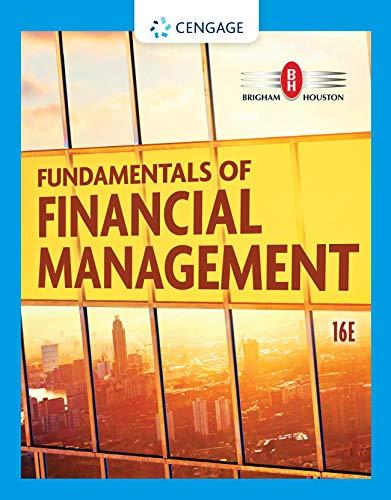Sullivan-Swift Mining Company must install new machinery in its Nevada mine. It can obtain a bank loan
Question:
Sullivan-Swift Mining Company must install new machinery in its Nevada mine. It can obtain a bank loan for 100% of the after-tax cost of the machinery.
Alternatively, a Nevada investment banking firm that represents a group of investors believes that it can arrange for a lease financing plan. Assume that the following facts apply:
1. The after-tax cost of the machinery is $900,000, and that will be the amount of the bank loan.
2. Estimated maintenance expenses are $80,000 per year.
3. Sullivan-Swift’s federal-plus-state tax rate is 25%.
4. If the money is borrowed, the bank loan will be at a rate of 13%, amortized in 4 equal installments to be paid at the end of each year.
5. The tentative lease terms call for end-of-year payments of $300,000 per year for 4 years.
6. Under the proposed lease terms, the lessee must pay for insurance, property taxes, and maintenance.
7. The equipment has an estimated salvage value of $300,000, which is the expected market value after 4 years, at which time Sullivan-Swift plans to replace the equipment regardless of whether the firm leases or purchases it. The best estimate for the salvage value is $300,000, but it may be much higher or lower under certain circumstances. (Note that that equipment was fully depreciated at the time of purchase, so the book value of the equipment is zero.)
To assist management in making the proper lease-versus-buy decision, you are asked to answer the following questions.
a. Assuming that the lease can be arranged, should Sullivan-Swift lease or borrow and buy the equipment? Explain.
b. Consider the $300,000 estimated salvage value. Is it appropriate to discount it at the same rate as the other cash flows? What about the other cash flows—are they all equally risky? Explain.
Step by Step Answer:

Fundamentals Of Financial Management
ISBN: 9780357517574
16th Edition
Authors: Eugene F. Brigham, Joel F. Houston





